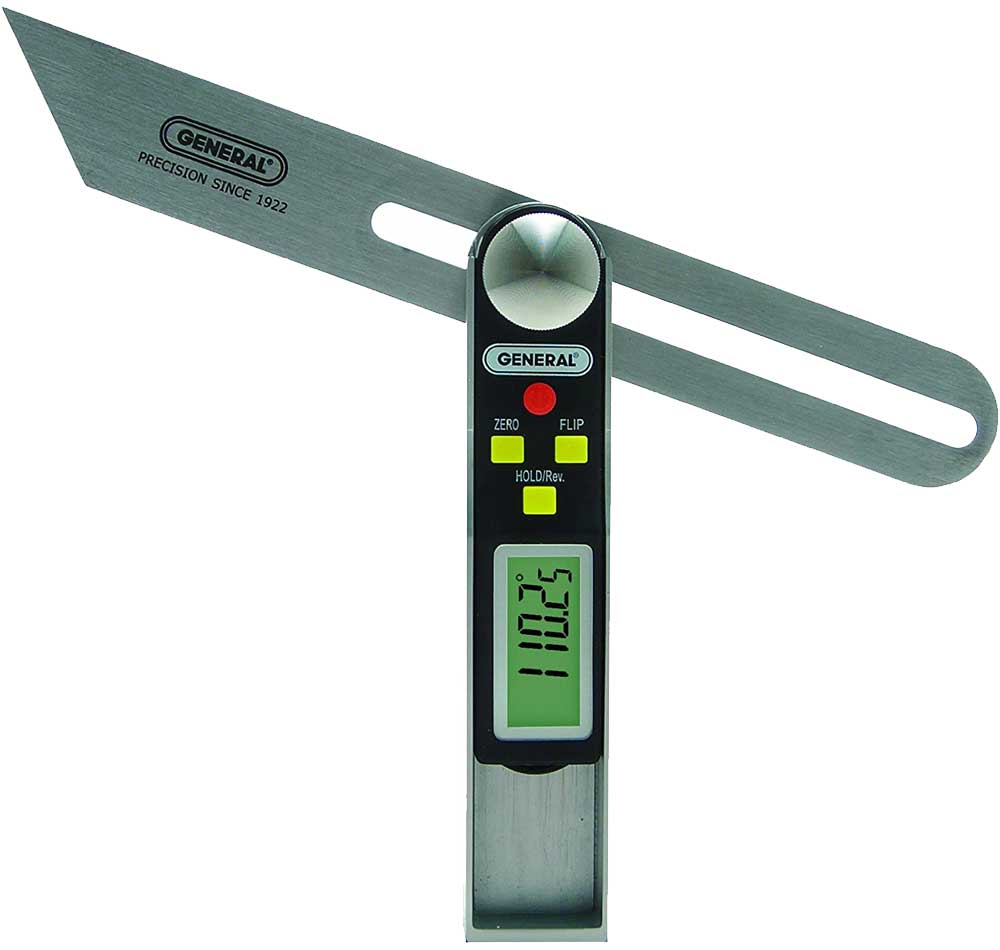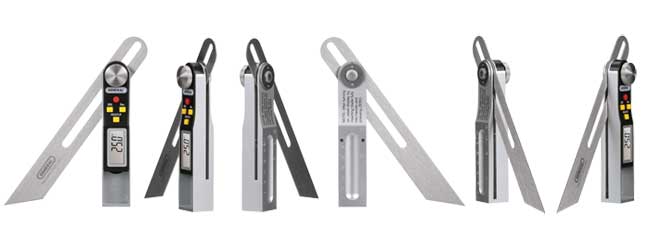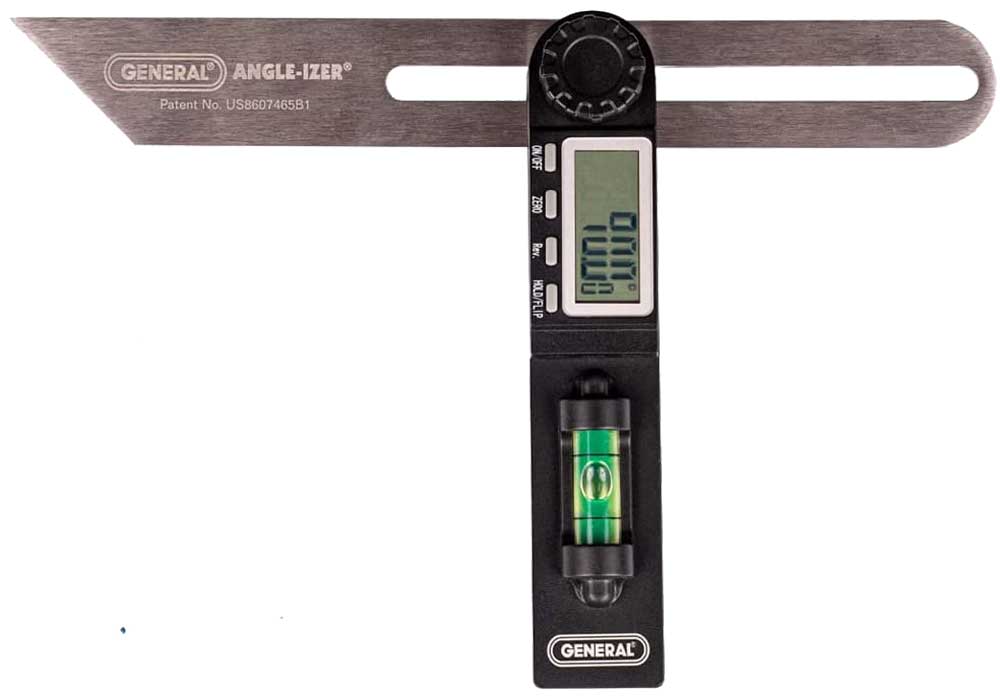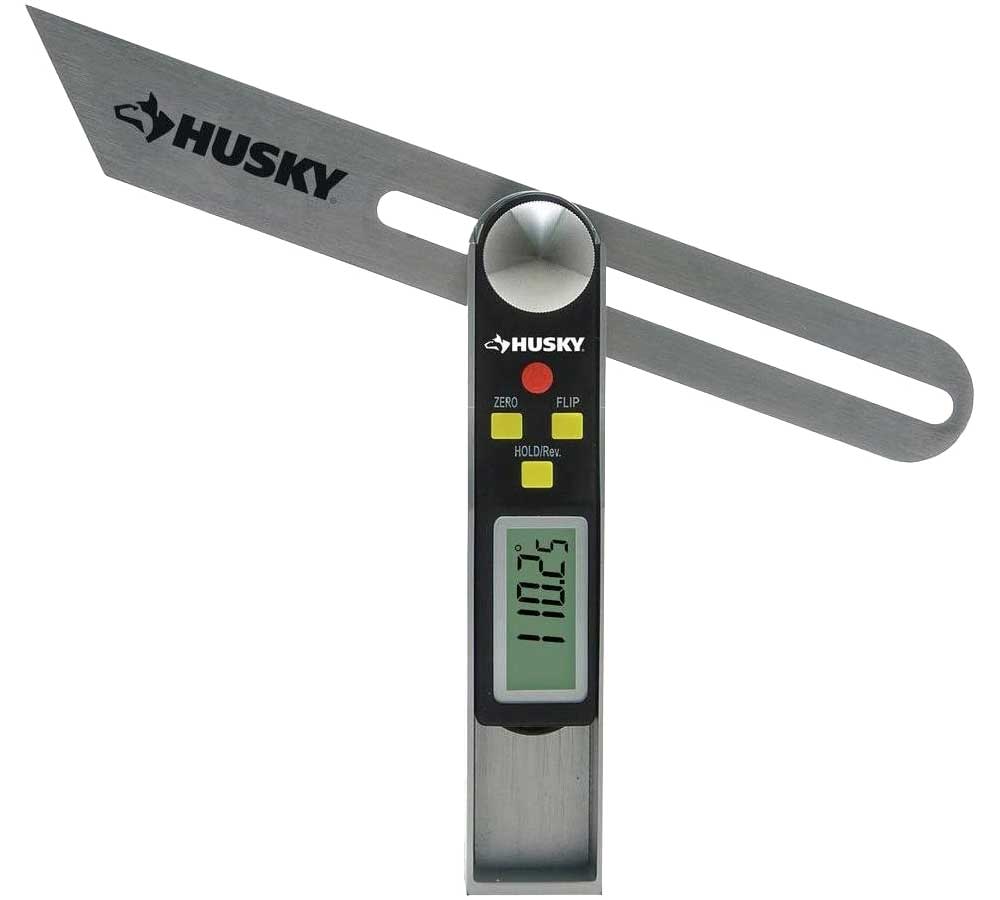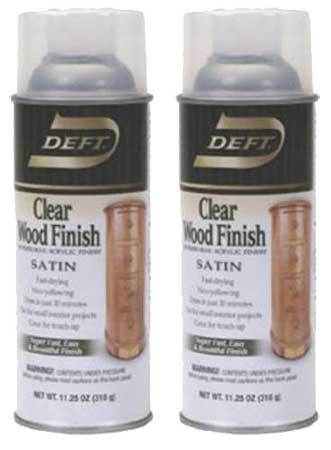Benchtop router tables are a great addition to any workshop. They allow you to easily and accurately rout wood pieces, and they are a lot easier to use than a handheld router. However, with so many different models on the market, it can be difficult to know which one is right for you. In this article, we will discuss the key factors you need to consider when choosing a benchtop router table, and we will recommend some of the best models on the market. Let’s get started!
Benchtop router table uses
There are many different uses for a benchtop router table. Some of the most popular uses include:
-Routing wood pieces for cabinets or other woodworking projects
-Trimming door or window casings
-Cutting molding and trim
-Making raised panel doors
If you are a woodworker, a benchtop router table is a great addition to your workshop. It can make many tasks much easier and more accurate.
First and foremost, you need to think about the size of the router table. If you have a small workshop, then you will obviously need to choose a smaller model. However, even if you have a large workshop, you might not want to choose the biggest router table on the market. That’s because bigger is not always better when it comes to router tables. You need to think about how much space you have, and how often you will be using the router table. If you only plan on using it occasionally, then a smaller model might be a better option.
Next, you need to think about the features that are important to you. Some router tables come with built-in dust collection systems, which can be very useful. Others come with built-in lighting, which can also be helpful. And some router tables even come with storage shelves, so you can keep your bits and accessories organized. Decide what features are most important to you, and then narrow down your choices accordingly.
Finally, you need to think about price. Router tables can range in price from around $100 to over $1000. Obviously, you will want to choose a model that is within your budget. However, don’t make the mistake of choosing the cheapest model you can find. In many cases, you get what you pay for with router tables. It’s better to spend a little extra and get a high-quality router table that will last for years.
Now that you know the key factors to consider when choosing a benchtop router table, let’s take a look at some of the best models on the market. The first model we recommend is the Kreg PRS2100, which is a great option for both beginners and experienced woodworkers. It has a large work surface, an easy-to-use fence, and built-in dust collection. It also comes with a one-year warranty, so you can be sure it’s a high-quality product.
If you’re looking for a more affordable option, the Skil RAS900 is a great choice. It doesn’t have as many features as the Kreg PRS2100, but it’s still a very capable router table. It has a large work surface, an easy-to-use fence, and built-in dust collection. Plus, it comes with a two-year warranty, so you can be sure it’s a high-quality product.
Finally, if you need a router table that is easy to transport, the Bosch RA1181 is a great option. It’s compact and lightweight, but it still has a large work surface and an easy-to-use fence. Plus, it comes with built-in dust collection and a one-year warranty.
No matter what your needs are, there is a benchtop router table that is perfect for you. Just remember to consider the factors we discussed in this article, and you’re sure to find the perfect model for your workshop. Happy routing!
If you enjoyed this article, please share it with your friends or family. And if you have any questions about choosing the perfect benchtop router table, please feel free to ask in the comments section below. Thanks for reading!
When it comes to woodworking, a benchtop router table is an extremely versatile and convenient tool to have in your workshop. Not only does it allow you to rout wood pieces with ease and accuracy, but it’s also a lot easier to use than a handheld router. However, with so many different models on the market, it can be difficult to know which one is right for you. In this article, we’ll discuss the key factors to consider when choosing a benchtop router table. By the end of this article, you’ll know exactly which router table is perfect for your workshop.
Conclusion
If you’re looking for a benchtop router table that will give you the versatility and accuracy you need, then this guide is for you. We’ll go over everything you need to consider before making your purchase, from the size of the table to the type of router bit you’ll be using. By the end of this guide, you’ll know exactly which benchtop router table is the perfect fit for your workshop.
